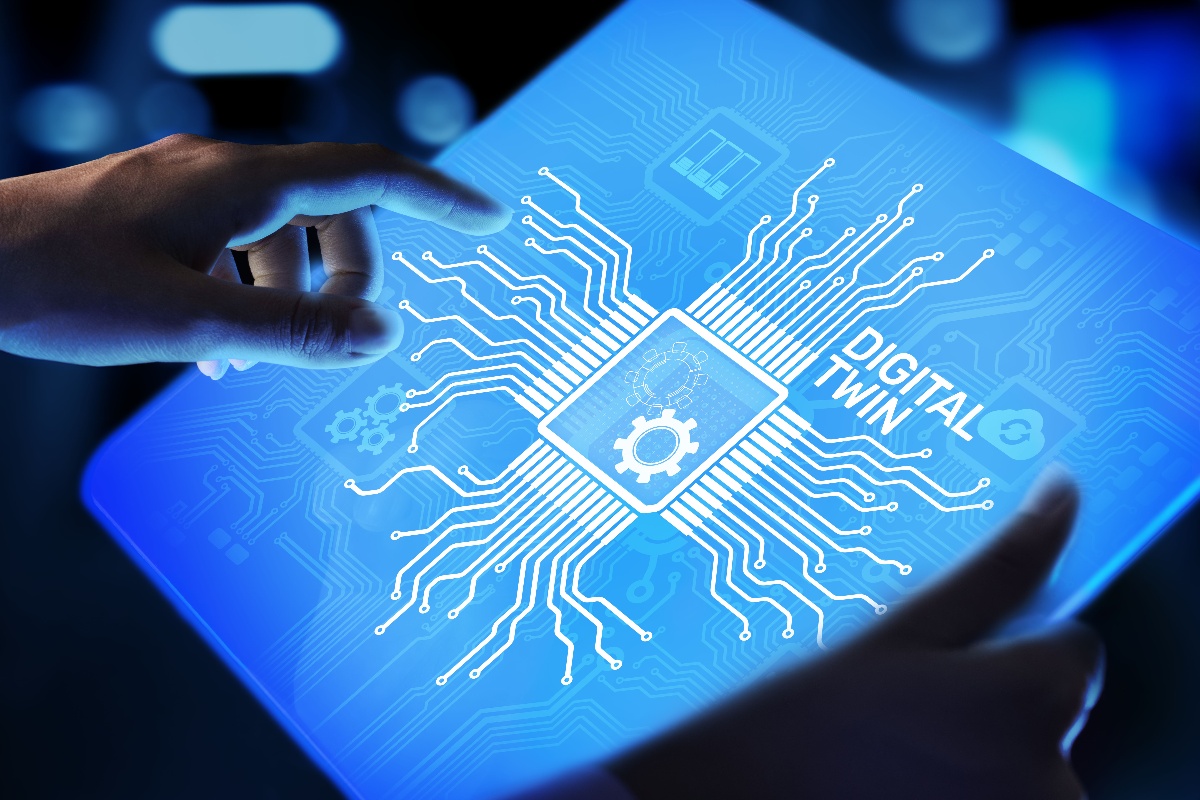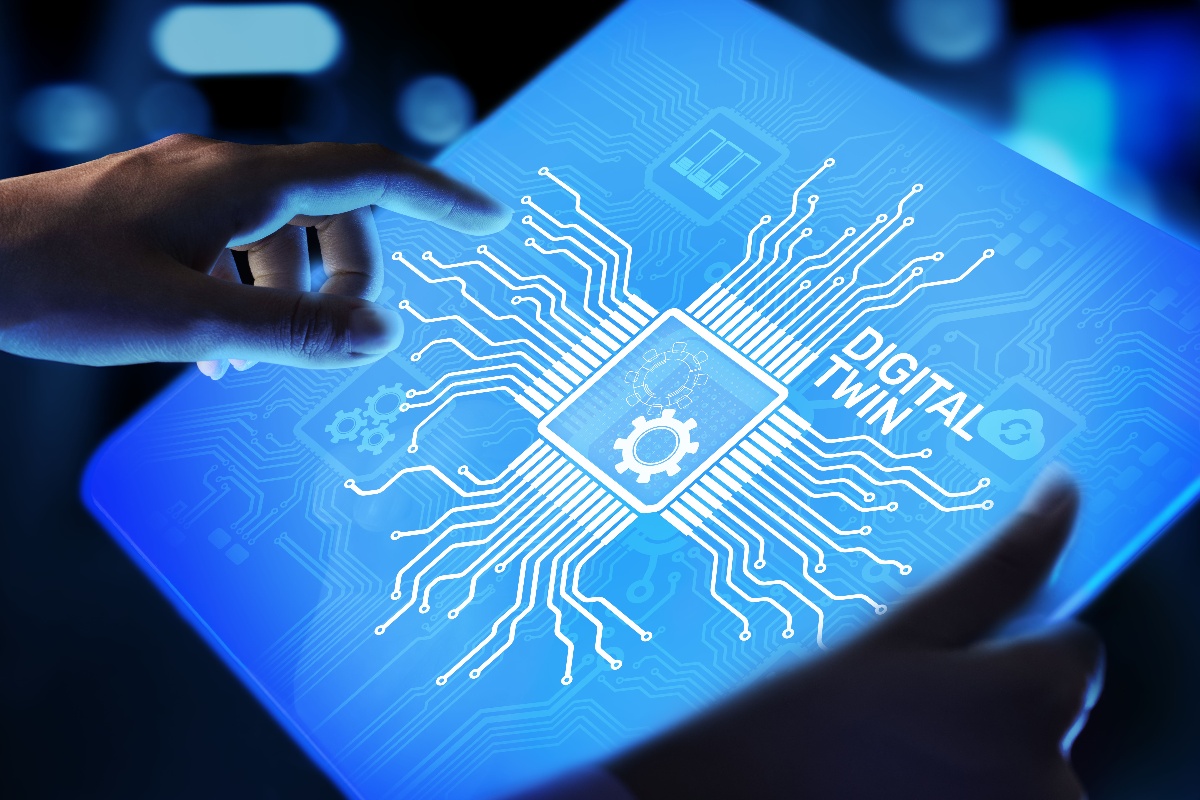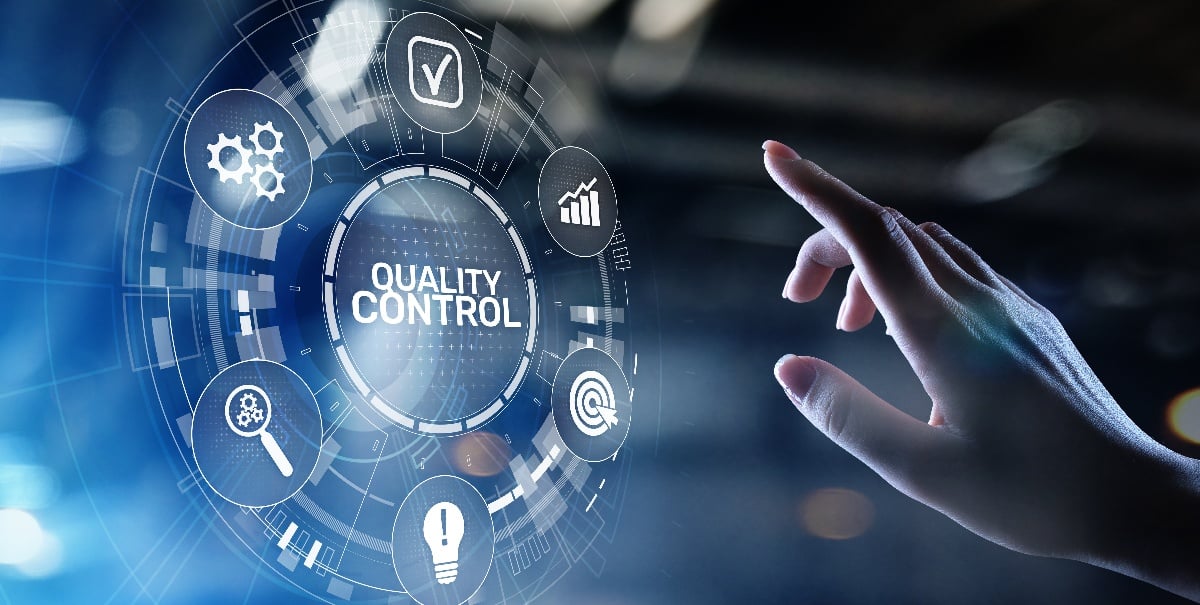
In the manufacturing sector, the implementation of digital twins has become nothing short of revolutionary. These digital replicas can simulate, predict, and visualize a physical object or system in real time, offering unparalleled insights into the manufacturing process. This technology enables manufacturers to detect problems before they occur, optimize workflows, and improve product quality—all of which contribute to lower costs and increased efficiency. Moreover, digital twins facilitate more robust data-driven decision-making and promote innovation, setting the stage for advancements that are in sync with the demands of Industry 4.0.
In this article, we'll delve into the types of digital twins used in manufacturing, including Product Twins, Process Twins, and System Twins, and explore how each plays a unique role in enhancing production efficiency. Additionally, we'll address some of the challenges manufacturers might face when implementing digital twins, and offer best practices for overcoming these hurdles. Stay tuned to learn why digital twins are becoming an indispensable tool for modern manufacturing, and how you can leverage them to give your operations a cutting-edge advantage.
Emergence of Digital Twins in Various Industries
The concept of digital twins is not entirely new; it can be traced back to early simulations and computer-aided design (CAD) models that engineers have been using for decades. However, the term "digital twin" was formally introduced around 2002, and it has since evolved into a more complex and useful tool thanks to advancements in data analytics, IoT, and cloud computing. Initially, digital twins found their application in industries like aerospace, healthcare, and automotive engineering.
In these sectors, the ability to simulate real-world conditions for products and systems could mean the difference between life and death, or between a successful mission and a costly failure. NASA's Apollo 13 mission is often cited as an early, rudimentary example of a digital twin, where engineers on Earth used duplicated systems to mirror the conditions of the spacecraft to solve life-threatening problems in real-time. Today, the scope has broadened significantly, encompassing everything from smart cities and energy management to retail and customer service.
What is a Digital Twin?
A digital twin is a virtual representation of a physical object, system, or process, designed to mimic its real-world counterpart in real-time. Enabled by the integration of data sensors, computational power, and software algorithms, a digital twin serves as a bridge between the physical and digital realms. This technology allows for the monitoring, analysis, and control of the real-world object or system, facilitating a range of benefits from predictive maintenance to process optimization.
Core Components
Data
At the heart of any digital twin is data—massive amounts of it—collected through various sensors attached to the physical object or integrated within a system. This data can include anything from temperature and pressure readings to real-time motion tracking and utilization rates.
Algorithms
Algorithms process the collected data to make sense of it, often employing machine learning techniques to detect patterns, predict outcomes, and recommend actions. These algorithms become more accurate and effective as they continue to receive more data over time.
Visualization
Visualization tools provide a user-friendly interface through which to interact with the digital twin. These tools can range from simple dashboards displaying key performance indicators (KPIs) to complex 3D models that can be manipulated for what-if analyses.
Examples in a Manufacturing Context
- Predictive Maintenance: Digital twins of manufacturing equipment can predict when a machine is likely to fail, allowing for timely maintenance and reducing downtime.
- Process Optimization: Digital twins can simulate different production scenarios in real-time, helping manufacturers identify the most efficient and cost-effective strategies.
- Quality Assurance: A digital twin of a product can compare real-time production data against ideal parameters, flagging any deviations and ensuring consistent quality.
- Supply Chain Management: Digital twins can model the entire supply chain, offering insights into optimization opportunities, from sourcing raw materials to delivering finished products.
Importance of Digital Twins in Manufacturing
Increased Efficiency
By providing real-time insights and predictive analytics, digital twins enable manufacturers to optimize machine performance, reduce cycle times, and improve overall operational efficiency.
Cost-Saving Measures
Predictive maintenance and process optimization not only boost efficiency but also translate into significant cost savings. Companies can avoid the high costs associated with machine downtime, reduce waste, and even optimize energy consumption.
Risk Mitigation
Digital twins act as an early warning system, identifying issues before they become major problems. Whether it's a machine component showing signs of wear or a bottleneck in the production line, early detection allows for proactive measures, thereby reducing risk.
Enhancing Innovation
The ability to simulate various scenarios and processes makes digital twins an excellent tool for R&D. Manufacturers can test new ideas virtually before implementing them in the real world, fostering an environment of continuous innovation.
Types of Digital Twins in Manufacturing
Digital twins in manufacturing can generally be categorized into three main types: Product Twins, Process Twins, and System Twins. Each serves a unique purpose and offers its own set of advantages and challenges.
Product Twins
Product Twins are digital replicas of individual products, right from the raw materials to the finished goods. They are especially useful during the design and testing phases, allowing for rapid prototyping and what-if analyses. In addition, they can monitor products during their lifecycle, providing insights into wear and tear, efficiency, and potential improvements for future iterations. For example, a leading automotive manufacturer could use a digital twin of a new engine design to simulate various stress conditions and optimize material properties.
Process Twins
Process Twins focus on the manufacturing process itself, rather than the product. They are used to simulate, analyze, and optimize manufacturing workflows, thereby improving efficiency and reducing costs. This could involve everything from optimizing machinery settings to automating quality assurance tests.
For example, a pharmaceutical company could create a digital twin of its drug formulation process. By testing different scenarios, they could identify optimal mixing times and temperatures, resulting in an increase in production efficiency and a more consistent product quality.
System Twins
System Twins are the most comprehensive, offering a holistic view of the entire manufacturing ecosystem, from individual machines and workflows to the full supply chain. They integrate both Product and Process Twins and often incorporate external factors like market demand or logistical considerations.
For instance, an aerospace manufacturer could use a System Twin to simulate their entire production line, including supply chain logistics and workforce allocation. This comprehensive model could enable them to identify bottlenecks and inefficiencies they hadn't previously noticed. As a result, they could reallocate resources more effectively, leading to an increase in overall productivity and a reduction in lead times.
Whether focusing on individual products, specific processes, or the entire system, digital twins offer a versatile range of applications for modern manufacturing. Each type of digital twin serves to increase efficiency, reduce costs, and mitigate risks, providing invaluable benefits regardless of the specific focus.
Implementation Challenges
Implementing digital twins in manufacturing is not without its challenges. While the technology offers numerous benefits, there are key considerations to keep in mind.
Data Privacy and Security
Digital twins require the collection and storage of large volumes of data, some of which may be sensitive or proprietary. Ensuring this data is kept secure from cyber threats is a paramount concern, requiring robust security protocols and encryption methods.
Scalability
As a business grows or evolves, its digital twin solutions must be able to scale accordingly. This requires a flexible architecture that can adapt to increased data volumes, more complex processes, or the inclusion of additional assets into the twin ecosystem.
Initial Investment Costs
Setting up a digital twin involves significant initial costs, including hardware (sensors, servers), software (data analytics, visualization tools), and human resources (data scientists, domain experts). While the ROI can be substantial, the upfront investment may be a hurdle for smaller companies.
Skillset Requirements
The effective deployment and management of digital twins require specialized skills in data science, machine learning, and domain-specific knowledge. This might necessitate upskilling current employees or hiring new talent, both of which are resource-intensive.
Best Practices for Implementing Digital Twins
Given the challenges, adopting a strategic approach can significantly improve the successful implementation of digital twins in manufacturing.
Planning and Strategy
Before diving in, a thorough assessment of what you aim to achieve with a digital twin is crucial. This involves identifying the key objectives, selecting the metrics for measuring success, and developing a roadmap that aligns with your organization’s broader goals.
Data Management
Effective data management is essential for maximizing the utility of a digital twin. This involves setting up reliable data collection mechanisms, ensuring data quality, and establishing robust data storage and retrieval systems.
Collaboration between IT and OT (Operational Technology)
Digital twins sit at the intersection of Information Technology (IT) and Operational Technology (OT). A successful implementation requires seamless collaboration between these two domains to ensure that the digital twin accurately reflects the physical system it represents and that insights are actionable.
Regular Updates and Maintenance
A digital twin is not a “set it and forget it” tool; it requires continuous updates to both its software components and its data feeds. Regular maintenance checks, updates, and calibration are vital for ensuring the ongoing accuracy and reliability of the system.
While implementing digital twins comes with its set of challenges, careful planning, and adherence to best practices can significantly ease the process. The potential benefits in terms of efficiency gains, cost reductions, and strategic insights make overcoming these hurdles a worthwhile investment for any forward-thinking manufacturer.
The question is not whether digital twins will become a staple in manufacturing—the trend clearly suggests they will. The real question is how quickly manufacturers will adapt to this inevitable change. Adopting digital twins should not be seen as an operational expense but as a strategic investment—one that will prepare your organization for a more agile, data-driven, and sustainable future.
In the evolving landscape of Industry 4.0, the implementation of digital twins is more than just a technological upgrade; it's a competitive necessity. Manufacturers keen on maintaining an edge would do well to invest in this technology sooner rather than later.















